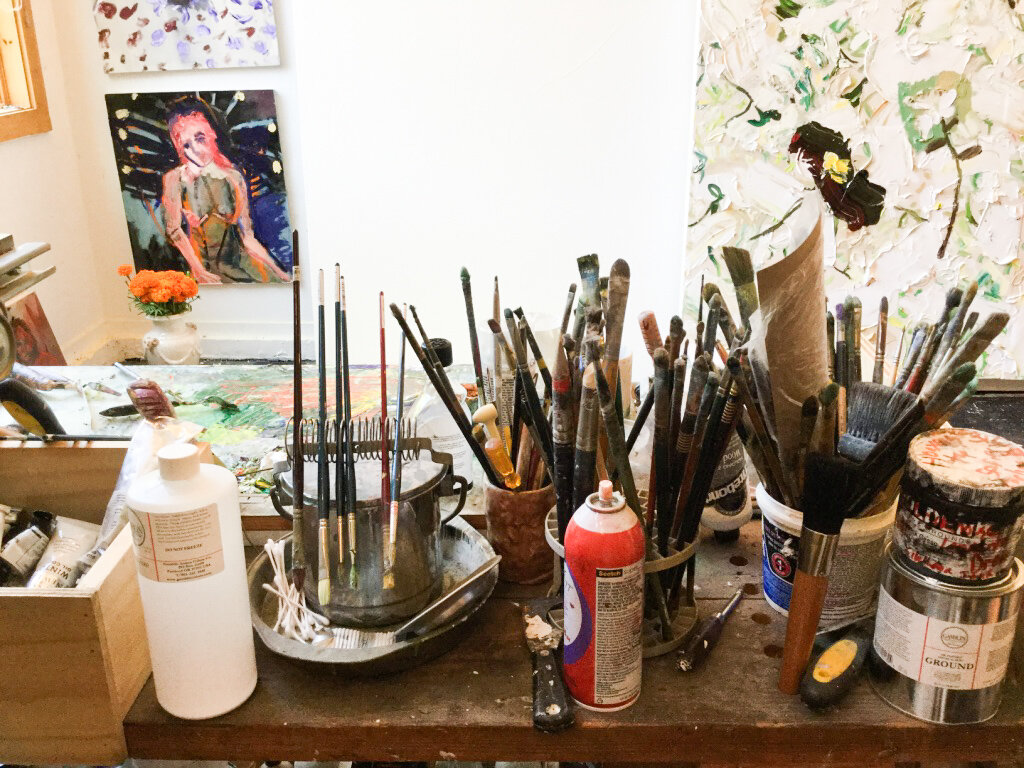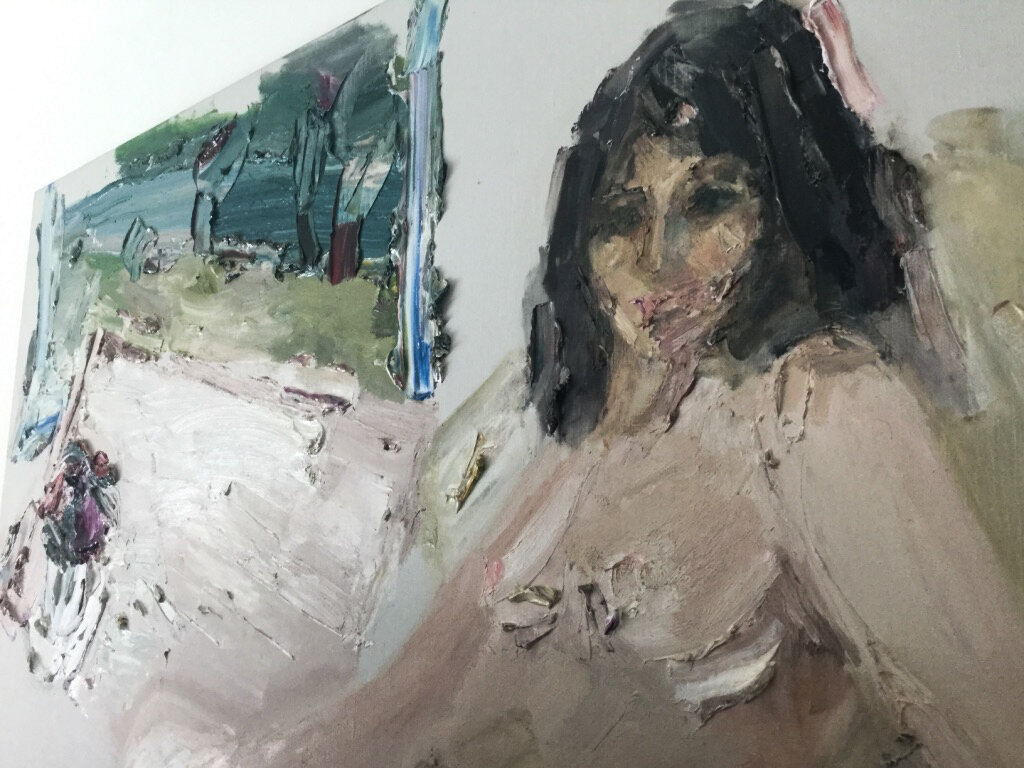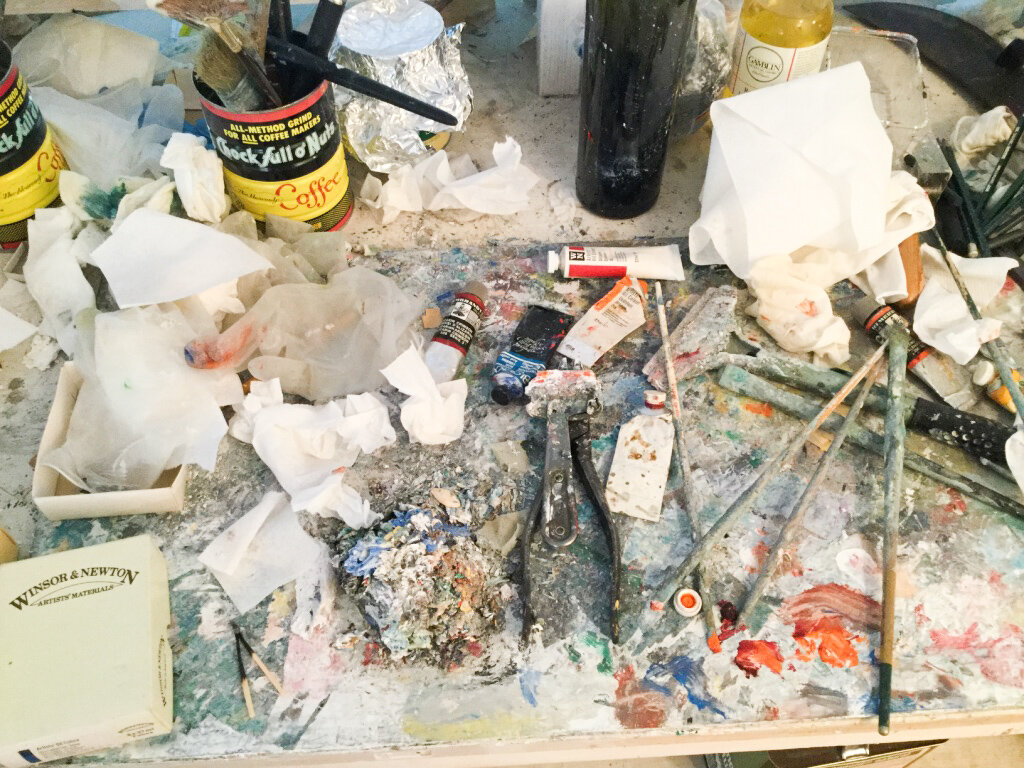Yektai: An Introduction
YEKTAI: AN INTRODUCTION
Yektai: An Introduction, chronicles the work of three artists from one family: father Manoucher Yektai, a painter, influential member of the New York School and contemporary of Jackson Pollock and Willem de Kooning; and his two sons, sculptural furniture maker Nico, and painter and sculptor Darius.
Manoucher Yektai (1921-2019) was born in Tehran, Iran, and studied at École des Beaux-Arts in Paris, and at the Art Students League in New York. He is best known for his heavily impastoed body of work that blurs the line between abstraction and figuration. His work is included in the collections of the Museum of Modern Art, the Hirshhorn Museum and Sculpture Garden and the San Francisco Museum of Modern Art. His sons Nico and Darius, both live and work in Sag Harbor, New York. Nico earned a B.A. in Art History from Hobart College and M.F.A. from Rochester Institute of Technology. Darius earned a B.A. in Art History from the American University in Paris.
The Artist Profile Archive film on the Yektai family was first shown upon its completion in 2017 as part of the exhibit of the family’s work, Yektai at Guild Hall in East Hampton. The film was shot in part at the home of Manoucher and Niki Yektai in Sagaponack, NY. Additionally, Nico and Darius were interviewed in their respective studios located in Sag Harbor, NY. Archival footage of Manoucher was provided by the family and footage from Darius's solo exhibit in Manhattan curated by Julie Keyes was also filmed.
Yektai: 21:36
“I want to engage all the possible tools- brush, hand, piece of wood, edge of anything, spatula, trowel, carver, anything if it’s possible, and brush and brush and brush…”
“The goal is to be poetic. That’s what my father achieved. It’s why there is a sense of loneliness in a still life that I make and it’s okay that it’s an aloneness. It’s an expression of love. The expression is that-I love the surface of my paintings, I love the brush marks and the strokes. I love the discovery and the story that they tell.”
“I did not want to paint, I did not want to draw. Those things, in my mind, belonged to my father and I wasn’t comfortable stepping into that world. So furniture was far away enough that I felt that I could search for my own identity.”































